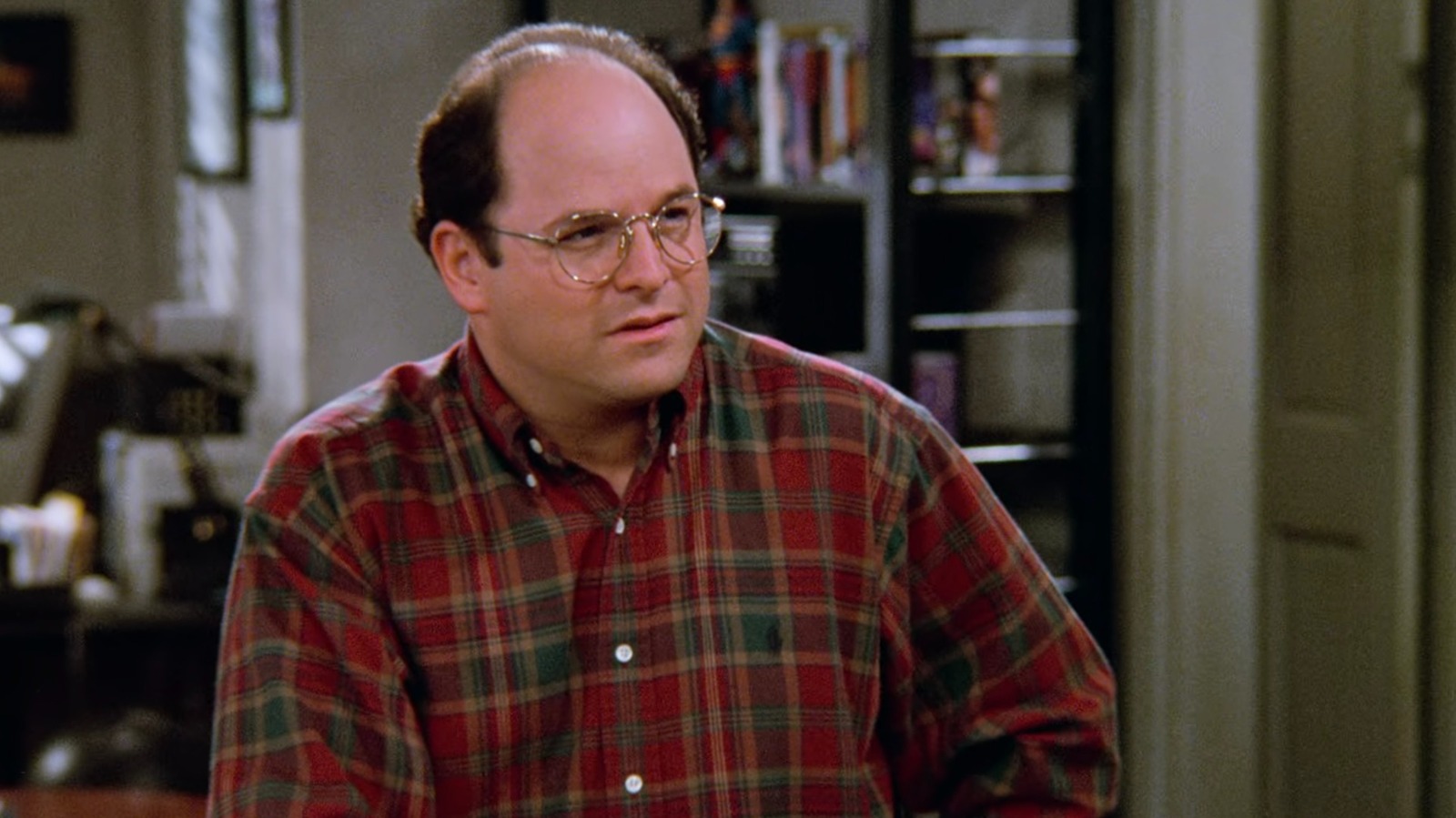Fashion
The true cost of fast fashion extends far beyond its price tag

Shopping has long been one of the nation’s favourite pastimes, though it has changed from days on the high street, to hours scrolling through countless online clothing sites.
But how is buying cheap clothes impacting our environment?
Ruben Reuter travelled to Lancashire to speak with Patrick Grant, author, designer, and judge of the television contest, ‘The Great British Sewing Bee’, about the importance of understanding fast fashion’s harm to our world.
In his new book ‘Less’, Grant argues for a shift in shopping habits, noting that the fashion industry is responsible for 10% of the world’s annual carbon emissions. Moreover, there’s a significant human cost, as many garments are produced under poor working conditions.
While access to affordable clothing remains crucial, especially during the ongoing cost-of-living crisis, Grant points out a concerning trend, as clothes have become cheaper, consumers have tended to buy more. Shockingly, only 3% of clothes are now made in the UK.
However, some countries are taking steps to curb the fast-fashion craze.
France, for instance, has recently introduced a bill to limit impulsive buying. Encouraging signs are also emerging in the UK. Vinted, a second-hand clothing app, has reported a 61% sales increase, and charity shops are seeing a resurgence in popularity.
The fast fashion industry, characterised by rapid production cycles and low-cost, trendy clothing, continues to pose significant environmental and ethical challenges.
The true cost of cheap fashion extends far beyond its price tag.
Additional reporting by Sevda Moyassari.







/static.texastribune.org/media/files/f5fdb1dff4d6fd788cba66ebaefe08d0/Paxton_GOP_Convention_2018_BD_TT.jpg)

